If you are interested by Japanese legends and the yōkai world, you probably already heard about the demon Hannya and its breathtaking story. And if you haven't, you've probably already seen his face somewhere, on a painting, in a movie or manga.
The ghost of a young woman, Hannya comes back from the dead, to satisfy her desire for revenge. Her face, popular in Japanese culture, often appears in fiction or on tattoos. But where does her anger and jealousy come from? What is behind her story? What does she represent through fiction and what is her symbolism in the art of tattooing? Discover without further ado the story of this extraordinary demon who inspires artists.
History and legend of the demon Hannya
 Hannya mask Art / Image produced by Evaty / Deviant Art
Hannya mask Art / Image produced by Evaty / Deviant Art
Hannya is a yōkai of the Oni family. They are demons that look like ogres honored at Setsubun, a famous festival in Tokyo. It embodies the jealousy and anger found in crimes of passion!
A long time ago, Hannya was an ordinary woman. She had beautiful eyes and a velvet complexion. Her name means wisdom in Sanskrit, a sign of a pure soul. Deeply wounded by the man she loved, she seized an unparalleled rage. Little by little, eaten away by jealousy and on the verge of madness, she lost her spirit in darkness and transformed herself into a demon.
Since then, evil and dangerous, the creature has been attacking men most of the time to get its revenge. There are three types of the Hannya demon, depending on the degree of jealousy and anger that inhabits it.

Japanese Hannya Evil Mask / Image produced by Electro Dan / Deviant Art
Hannya Namanari: this first type of demon is the weakest and still has human appearance except for two small horns. This yōkai uses black magic to quench her vengeance. Although evil, she can regain her humanity.
Hannya Chunari: This second type of demon is more powerful than the first. Her face looks like that of a demon with longer horns and sharp teeth. At this stage, it is still possible to save her with the help of Buddhist prayers.
Hannya Honnari: This is the most powerful and feared Hannya demon. Her body transforms into that of a snake. She has fingers with sharp claws. Her tongue is forked and her mouth is capable of spitting fire. However, at this advanced stage, she can't have a human aspect anymore!
The Hannya mask in traditional arts
 Japanese Traditional Hannya Mask
Japanese Traditional Hannya Mask
Hannya is very famous thanks to the Noh theatre. Her appearance is frequent in plays and her name even refers to a specific type of mask.
Noh masks are made of cypress wood, coated with paint and then covered with varnish. They have the particularity of reflecting light, creating infinite shades of expression. These art objects are usually smaller than the face of the actor to which they are attached behind the head with ribbons.
Hannya's mask is very recognizable: we can identify her by her square jaw and her large open mouth with a sad and frightening smile. Her gaze expresses her characteristic of pain and rage. Like all Oni, she has two horns, and flat, shaggy black hair that expresses her madness. It is hard to believe that her appearance represents a woman as her face is so masculine.
The japanese mask comes in several colors that evoke different intentions: white as a sign of aristocratic distinction, green for anger, dark to express demonic darkness and red for jealousy.
 Traditional Japanese hannya mask / Japanese samurai warriors
Traditional Japanese hannya mask / Japanese samurai warriors
In Noh theatre, the actors in costume play with the mask's inclination to express different facets of the character and bring out the duality of his expression. The mask shows a furious terrorizing emotion downwards the face overwhelmed with sadness while facing the audience.
In Noh theatre; Hannya character represents an angry, wounded or jealous young woman, sinking into madness to the point of becoming demonic. Either because of unanswered love or because she has been rejected by the man she loved.
Anchin and Kiyo Hime's story, tells an impossible and destructive passion between a priest and a woman. As well as in the play Aoi no Ue, which refers to her evil spirit. The demon has also found its place in Japanese literature with a special dedication in Dit du Genji, a cult literary work in Japan.
The Hannya demon in fiction
 Hannya Mask drawing and manga
Hannya Mask drawing and manga
Hannya's mask is very popular in Noh theatre, also found in Japanese manga and films. You may have already come across it in comic books and cartoons. For example, in the anime Kakuriyo no Yadomeshi, we follow the adventures of Aoi Tsubaki. All these allusions and representations have greatly contributed to Hannya's popularity.
Hannya tattoo
 Hannya Tatoo and Yakuza members
Hannya Tatoo and Yakuza members
For the tattooed, Hannya's face expresses revenge, destructive passion or the duality between rage and sadness. Similarly, depending on the colors used, it symbolizes jealousy or anger. Hannya's tattoo could therefore be a way to exorcise the violence of her emotions.
On the other hand, Oni tatoo are used as talismans to ward off evil spirits and bring good luck. Even though Hannya is an evil demon, she would defend the one who wears it. Thus, the depiction of Hannya in tattoos can also be a symbol of protection, especially when combined with other elements.
Very popular in Japanese folklore and Japanese culture, the Hannya demon has strong symbolism. It feeds the imagination of many creators. In theatre, fiction and in tattoo art it's a sign of luck or revenge.
If you are a fan, you definitively need to have a look at this Haori Jacket Hannya




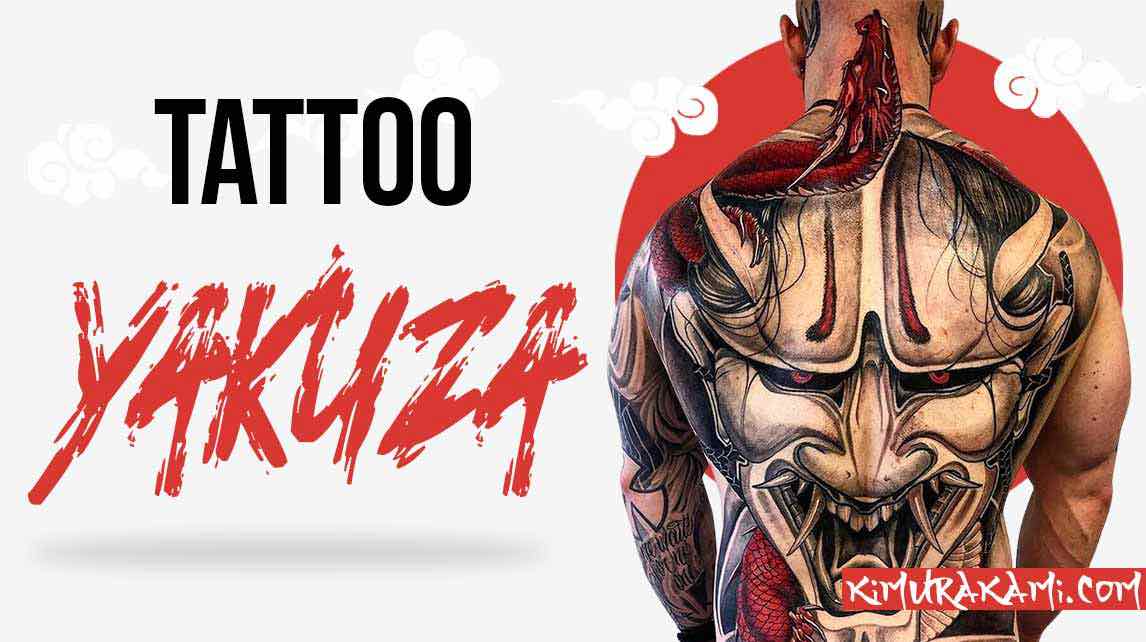
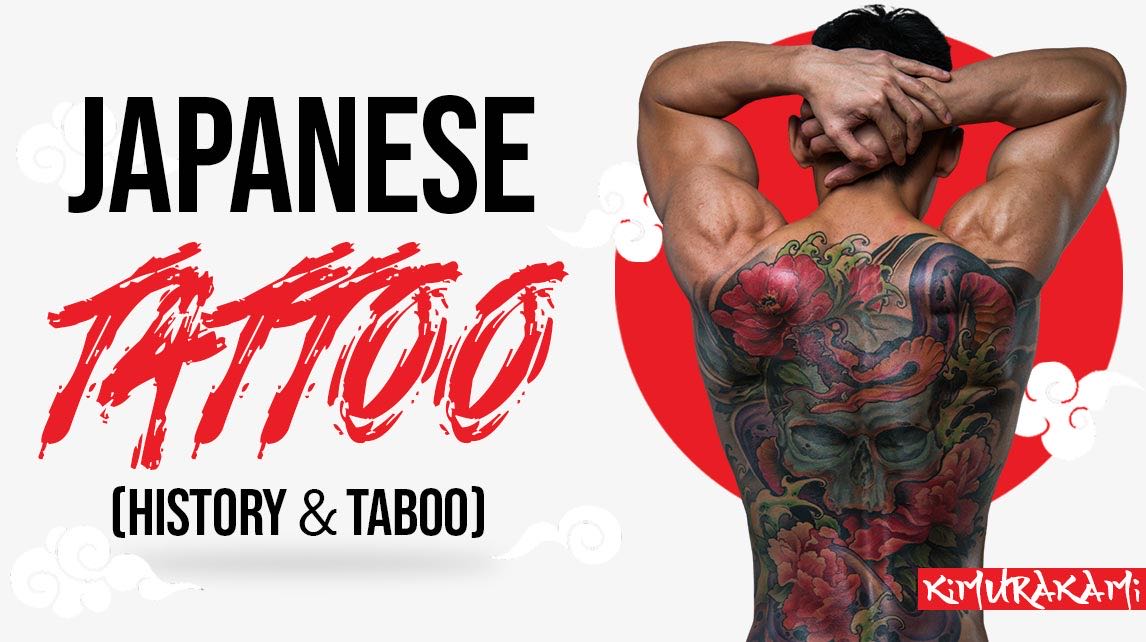
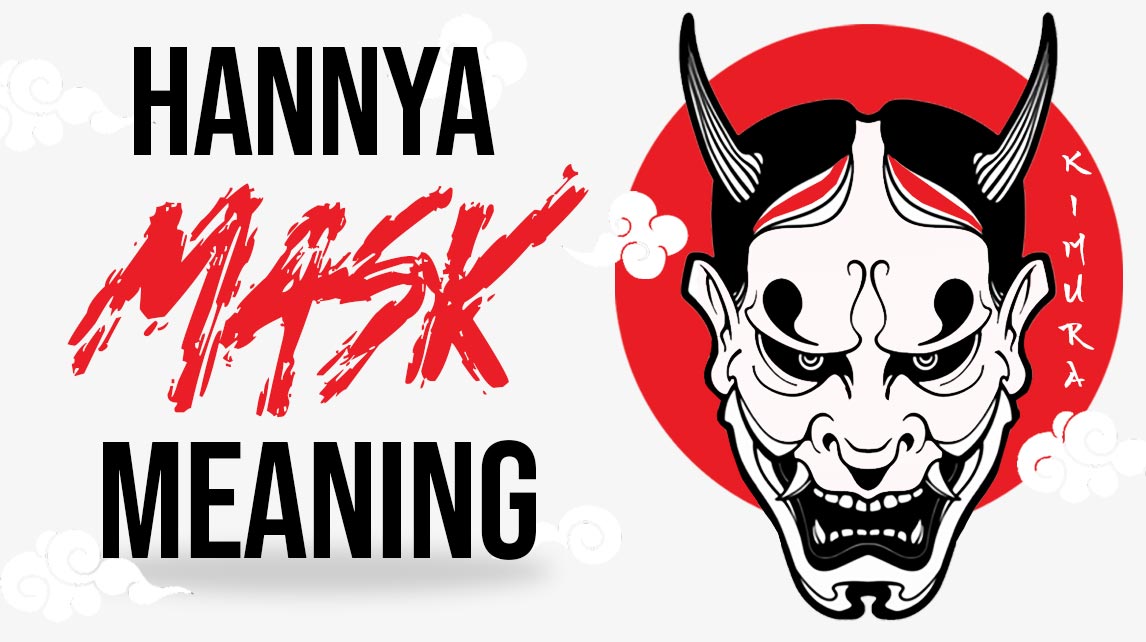
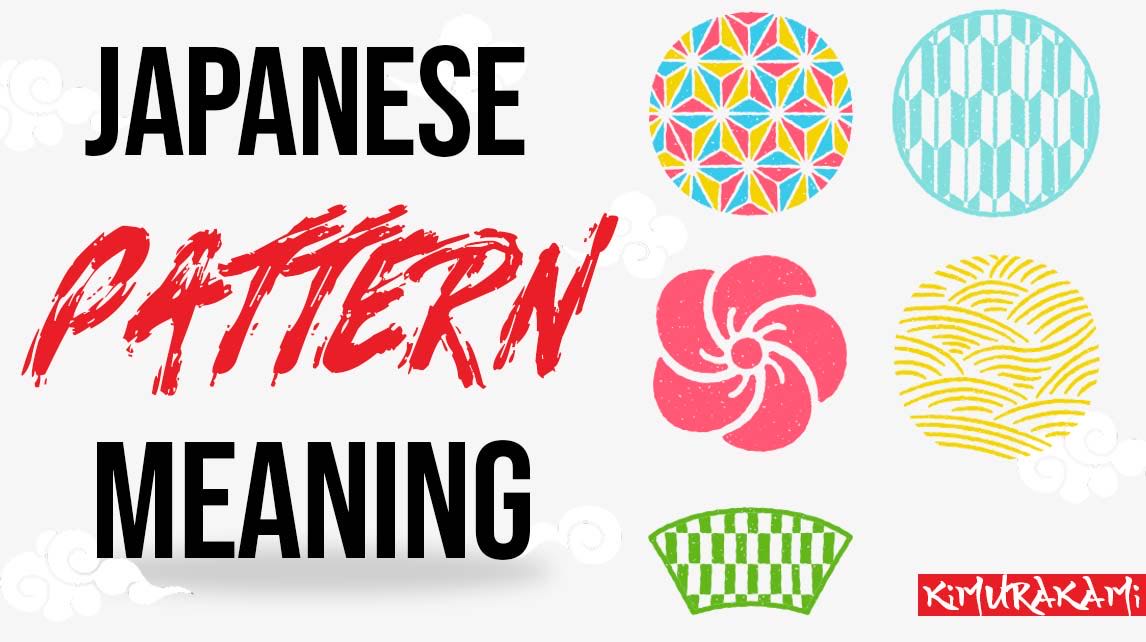
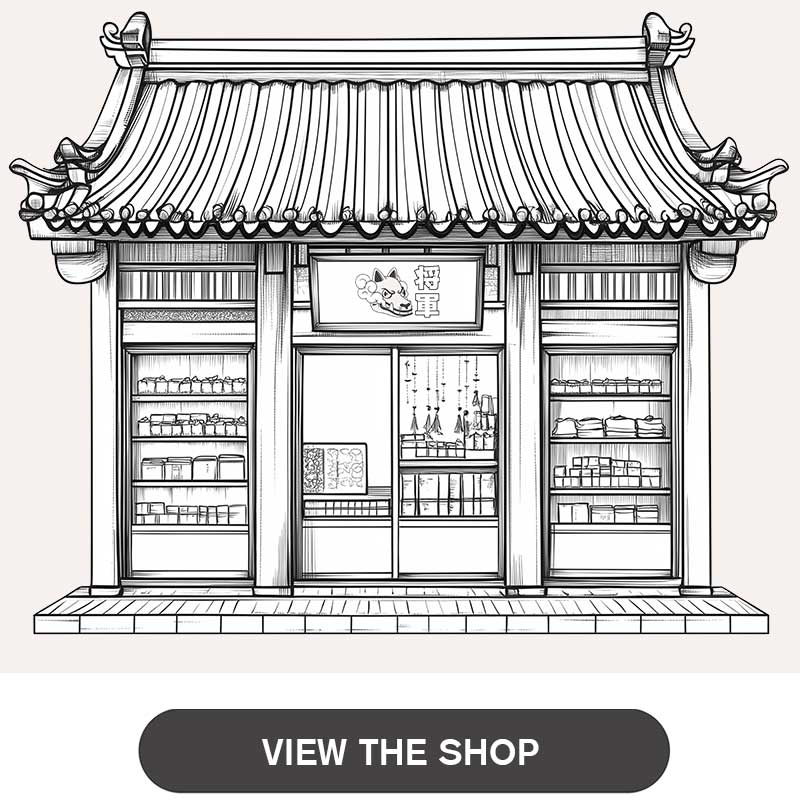
I have started japanese traditional tattoo hanyamask , namakubi, cherry flowers and japanese flow on my body
Leave a comment